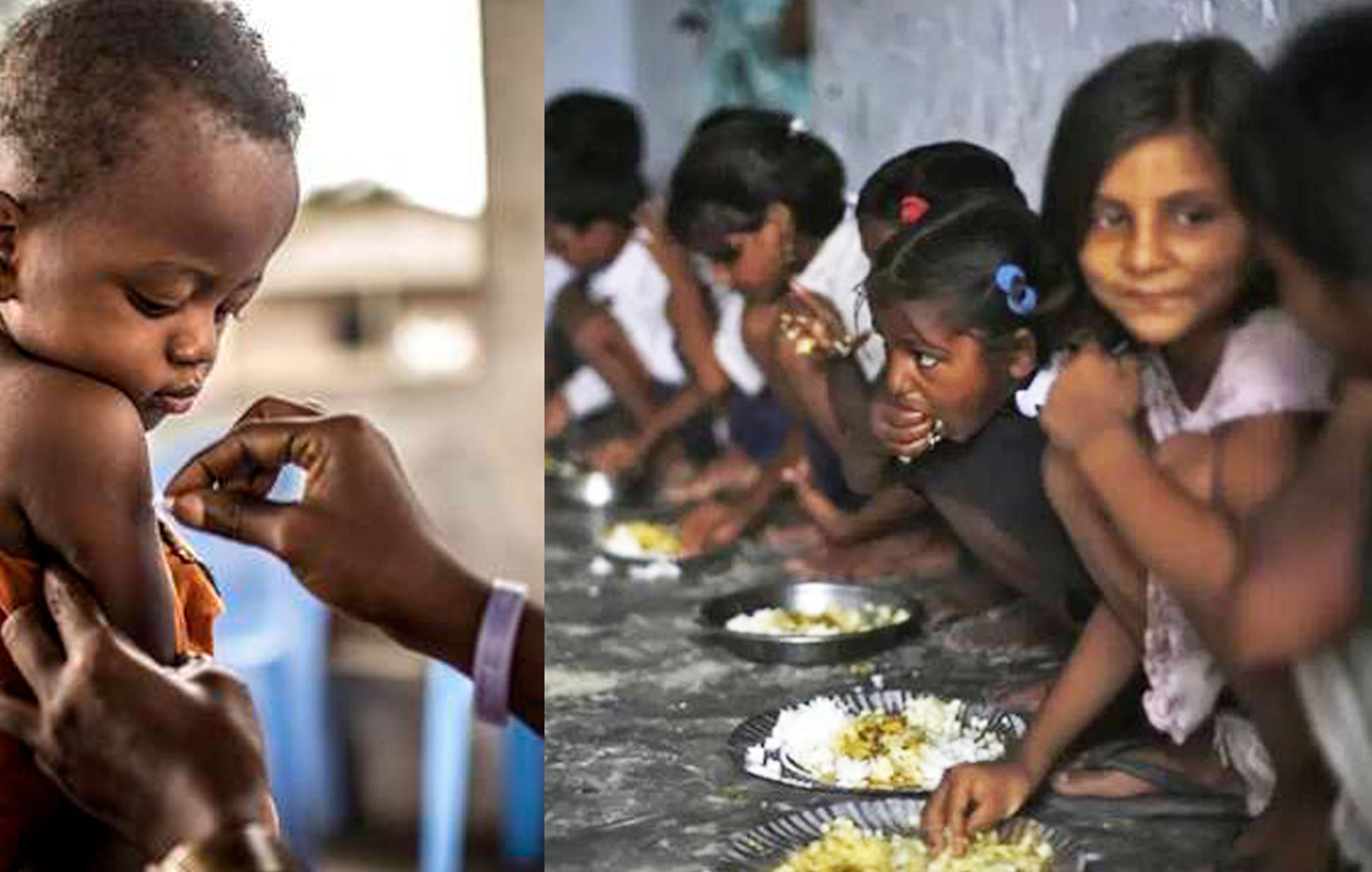Dr Saheb Sahu, F.A.A.P, MPH.
Child health programs can improve not just health but also learning. Schools are especially important, convenient, and cost effective places to deliver these health programs. In low and middle income countries, poor health is often a key barrier that students must overcome in order to be able to learn. India’s 2018 Annual Status of Education Report (ASER) found that only about half of all grade 5 students in rural India could read a grade 2 text. Assessments showed similar results in other countries, from Malawi to Nicaragua to Zambia.
Multiple studies have shown that school based health interventions have been effective at increasing learning outcomes. Many can be delivered at low cost. Using schools as venue to roll out health programs reduces actual cost. It is much less expensive to bring health workers to a school than bring individual student to a health center. Many places there are also no health center.
Integrated Child Development Program (ICDS) provides food, preschool education, and primary healthcare, some cash transfer to mothers, immunization and health check up to children under 6 of age. On paper it is an ideal program. It has been in effect more than two decades. In spite of that Odisha’s infant mortality rate and stunted growth rates are still unacceptably high.
Immunization is the most cost effective way to prevent diseases and disabilities. All children should be immunized as per National Health Mission Guidelines. Schools should verify the immunization status of all its students. All children should have access to safe drinking water and sanitation at school and at home.
According to J-PAL poverty lab the following five health programs are the most cost effective to be delivered at school to improve student’s health and learning:
1- Deworming
Intestinal worms like hook worm, round worm, tape worm, pin worm are transmitted through poor sanitary practices. Worms can cause stomach ache, anemia, tiredness, weakness leading to increase absentee rate from school. They lead to poor learning. School –based mass deworming is an extremely cost-effective way to increase school attendance and improve learning. It has been successful in many countries and in many states in India.
2-Treating Iron and Mineral Deficiencies
Iron deficiency anemia is caused by hook worm and diet low in Iron. It can cause tiredness, weakness and headache, which make it difficult for children to pay attention and learn at school. Iron deficiency anemia is extremely common among children and mothers in India and especially in Odisha. According to one study the prevalence rate is more than 70 percent (Shuchimita Behera, doi.org, April 2016). Treating anemia through iron supplement at school is relatively low cost and should be done in all schools in Odisha. A very large study in China has proven that children who received 5mg of chewable iron tablet daily improved their hemoglobin level and school performance.
3-Providing Corrective Eye Glasses
Vision problems affect 15 to 20 percent of school-aged children. If students struggle to see class room materials they cannot learn. A program that provided eye glasses to middle school children rural part of Western China, improved students’ math score and decreased their dropout rate. Teachers can be train to do the vision screening and government of Odisha should provide reading glasses to the students who need them.
4- School Based feeding Program
A child’s nutrition starts from conception. All mothers should have a reasonably good diet from pregnancy until their breast feeding is over. According to National Family Health Survey (NFHS-2019-20) 39 percent of children under-5 in India are stunted compare to 35 percent in 2016. A child is considered stunted when his or her height-to-age ration is less than normal. In Odisha the rate is even worse. Despite progress in child and maternal indicators, Odisha continues to be plagued by a high level of malnutrition. There is stark variability across districts. The under-5 stunted growth rate is as high as 47.5 percent in Subarnapur and a low of 15 percent in Cuttack district. Almost half of the under -5 children from tribal communities are under weight (The Hindu Nov 19, 2019). Even though the mid-day meal scheme has been of great help to the students, it has not solved the high under nutrition rate of most Oriya students-rich or poor. The government Odisha should supplement the mid-day meal school program with a nutritious breakfast program. The mid-day meal and the breakfast program should be implemented in all schools in Odisha, government as well as private.
Conclusion
Health information campaigns usually are not very effective. Providing healthcare like, immunizations, corrective reading glasses, deworming, vitamins and iron supplements and improving nutritional status of children through school programs is a better cost-effective way to improve children’s health and learning.
Source:
Abdul Latif Jameel Poverty Lab (J-PAL), 2020. “Improving learning through school –based health programs”, J-PAL Policy Insight, May 2020.
Ps- Dr Sahu is an OCI Oriya pediatrician settled in USA. He is a graduate of AIIMS (New Delhi) and a former MD of Kalinga Hospital and an expert member of WODC.



